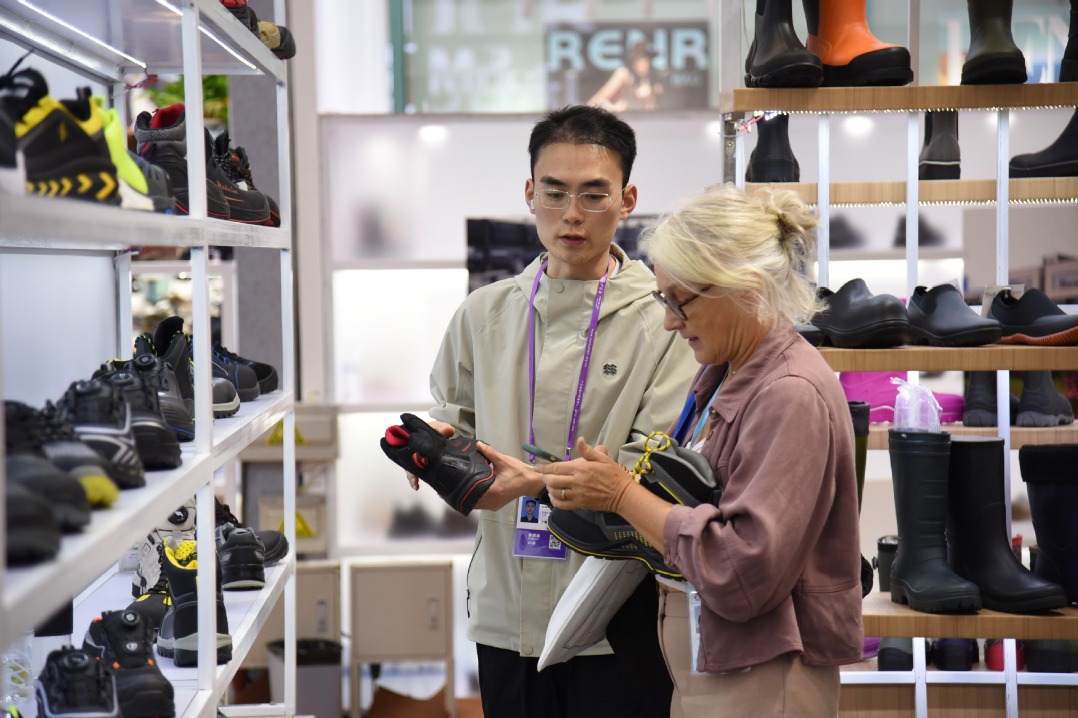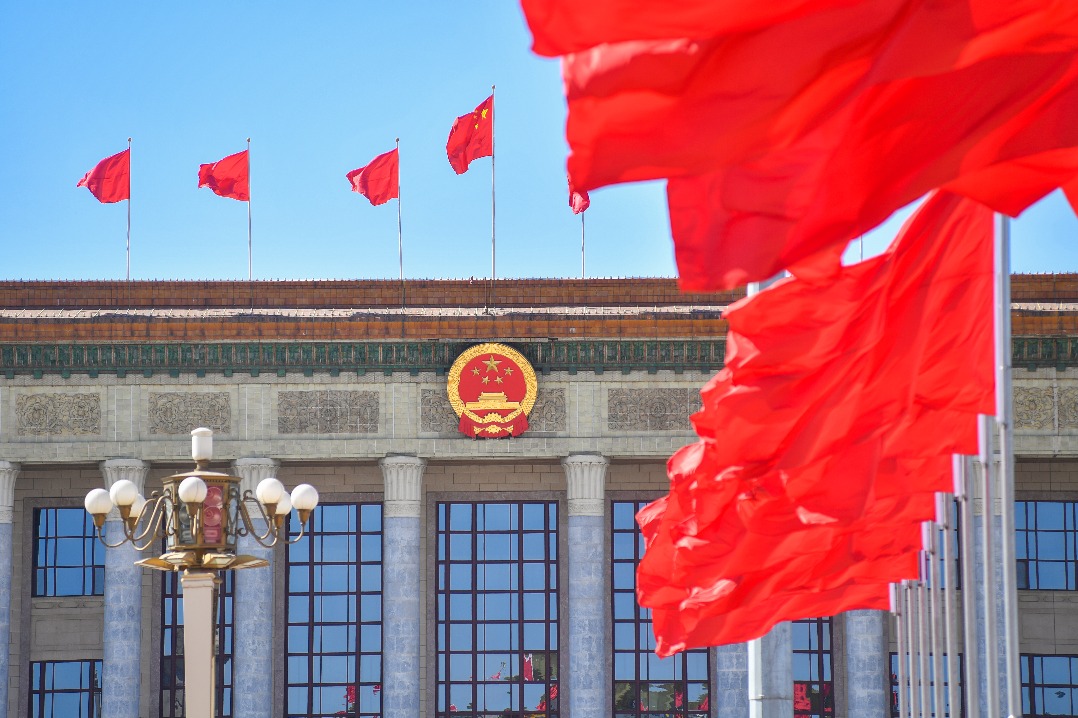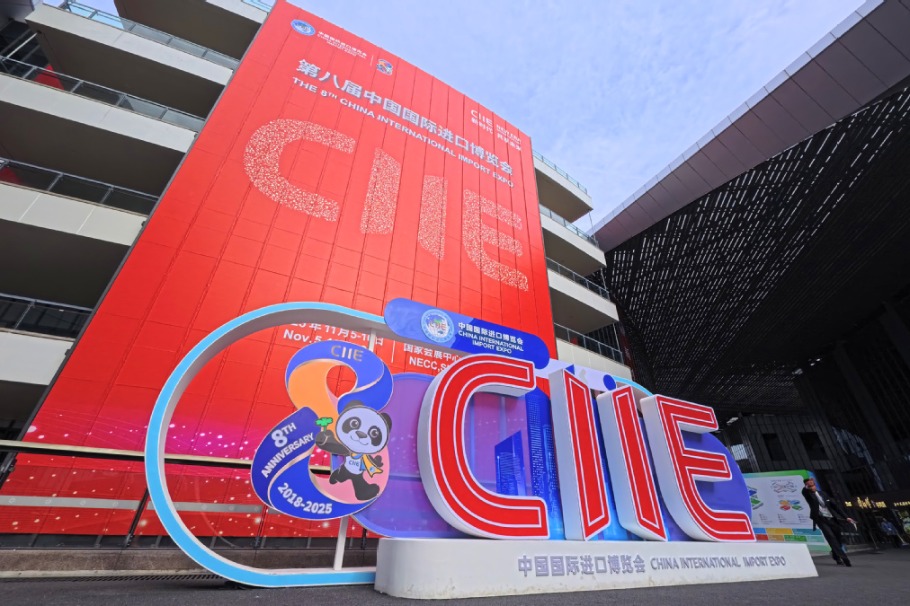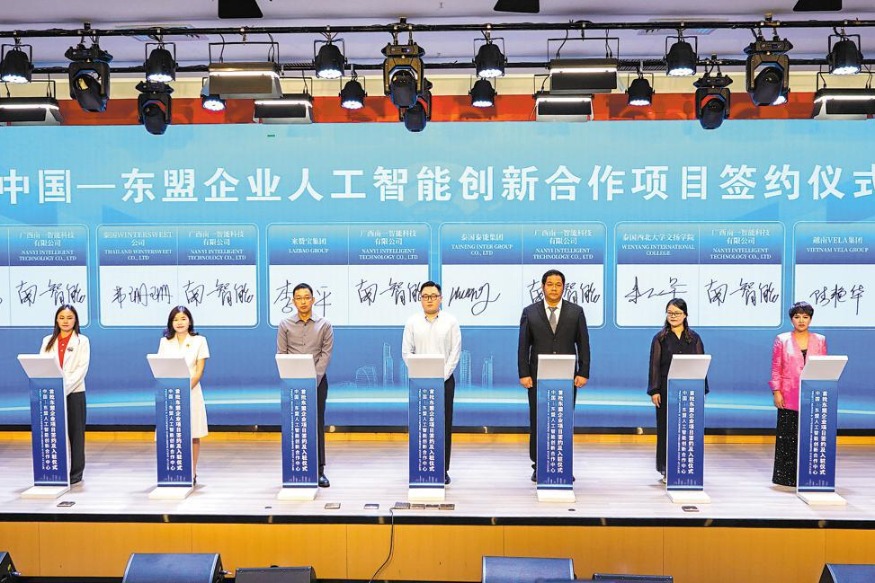US can't decide Latin America's trade policies

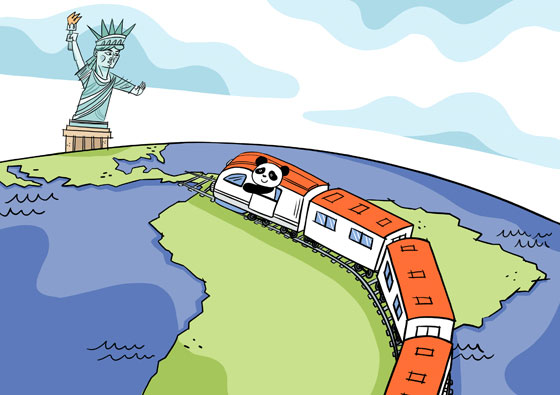
Speaking at the 8th Summit of the Americas in Lima recently, US Secretary of Commerce Wilbur Ross said Latin America should look to the United States, not China, to promote economic development. To support his claim he said Latin America has a trade surplus with the US while it has a trade deficit with China. He also said Latin America exports manufactured products to the US but only raw materials to China. But what he said is not true, at best it is a half truth (even a lie).
Ross said Latin America has a trade surplus of $117 billion with the US and a deficit of $67 billion with China, but did not disclose the year the figures were from. Although Latin America as a region had a trade surplus of $125.87 billion with the US and a trade deficit of $63.31 billion with China last year, the figures are distorted by the large trade surplus that Mexico has with the US and the large trade deficit that Mexico has with China.
Mexico had a trade surplus of $132.41 billion with the US and a trade deficit of $67.43 billion with China last year. But many other Latin American countries, such as Argentina, Chile, Colombia, Guatemala, Honduras, Panama, Peru, Uruguay and Paraguay, had a trade deficit with the US. And several of them, such as Brazil ($20.16 billion), Chile, Peru and Venezuela had a trade surplus with China. So if Mexico is excluded from equation, the trade balance of China and the US with Latin America would be quite different-the region would have a large trade deficit with the US and a small one with China. The trade deficit of Latin America with the US (excluding Mexico) was $12.96 billion, while the figure with China was $4.2 billion last year.
As for Ross's claim that Latin America exports mostly manufactured goods to the US and raw materials to China, it too is a half truth. Once again, if Mexico (which mostly sells manufactured goods to the US) is excluded from the region's list, it will become clear that the region mainly exports raw materials both to China and the US, and imports manufactured products from them. Neither China nor the US is to blame for Latin America selling mostly raw materials to them, because the region unfortunately has not developed competitive industries.
And if one still insists on identifying the culprit, it would be the US, not China, because the region has only increased trade with China in the last decade, while it has been trading with the US for decades.
The truth is, Latin America has benefited from its trade with China because the country's imports from the region have increased with each passing year. And thanks to China, the prices of raw materials have risen, which has greatly benefited the region. In addition China is investing a lot of funds in the region, mostly for the extraction of natural resources but lately also in the infrastructure, agriculture, finance and other sectors.
More important, no country or region can dictate the region which country to trade with. Apart from the benefits of trading with a fast-developing economy such as China, Latin America now finds it increasingly difficult to conduct trade deals with the US because of its protectionist policies, especially due to its withdrawal from the Trans-Pacific Partnership agreement, in which Chile, Mexico and Peru were also members, and its move to renegotiate the North America Free Trade Agreement with Canada and Mexico.
In contrast, China has said it wants to help build an environment in which free trade and investment are the norm, and has vowed to further open up its economy to the outside world to promote globalization.
Carlos Aquino is a professor of Economics at the National University of San Marcos in Lima and a specialist in Asian Economics, and María Osterloh holds an MBA from the Normal University of Beijing and is a researcher.



















